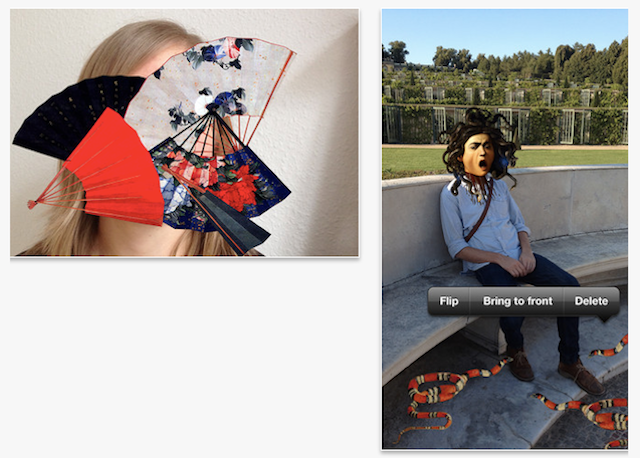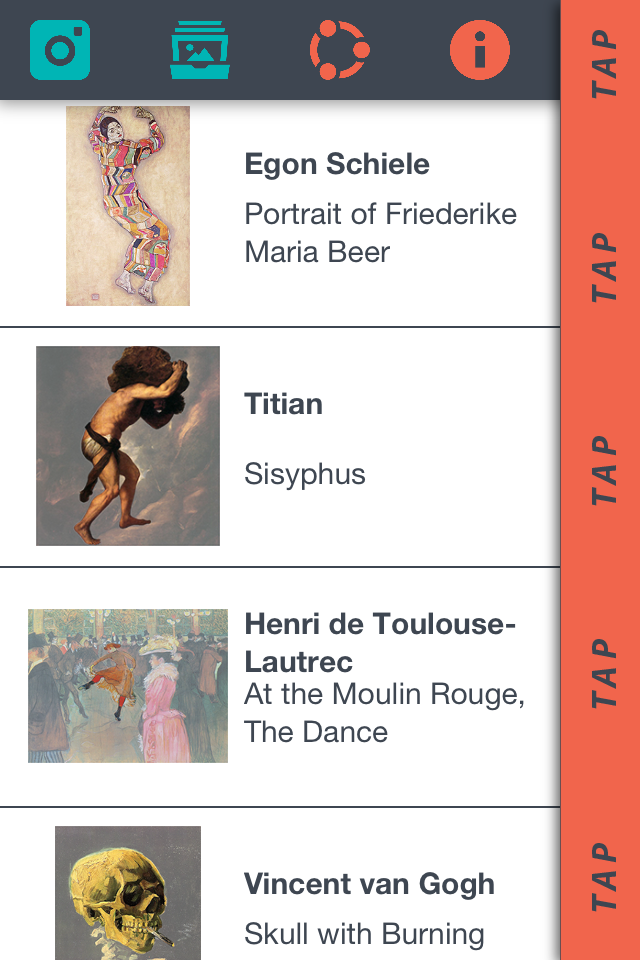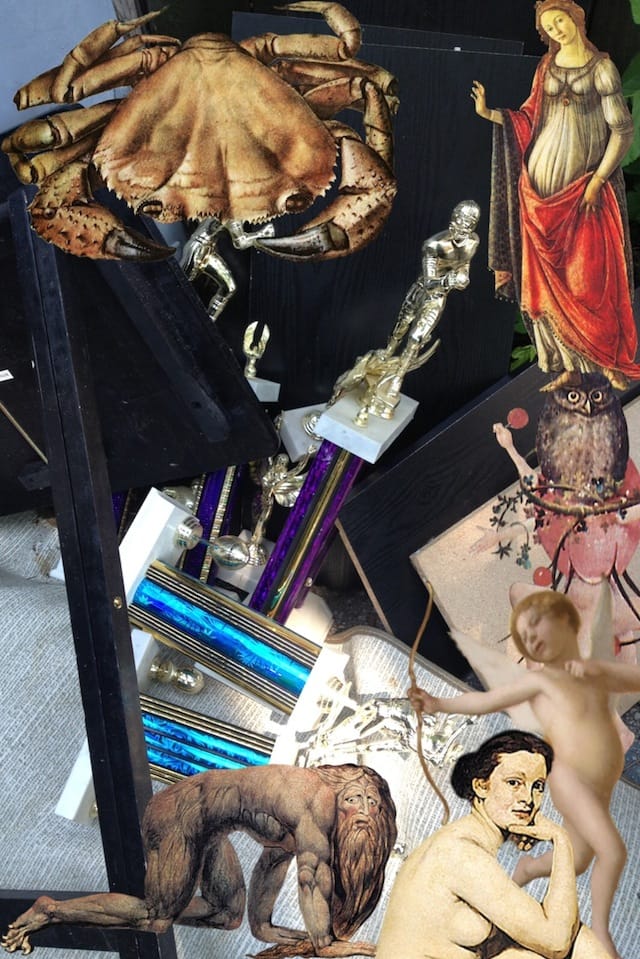To Err Is Human, to Appropriate Divine
CHICAGO — To steal, to remake, to remix, and to appropriate are all part of being a creative human being. We are inspired and influenced by the works of art we encounter. Imitation is arguably the best form of flattery, and thanks to the internet we can obtain images a whole lot easier. Copyrights b

CHICAGO — To steal, to remake, to remix, and to appropriate are all part of being a creative human being. We are inspired and influenced by the works of art we encounter. Imitation is arguably the best form of flattery, and thanks to the internet we can obtain images a whole lot easier. Copyrights be damned — didn’t pop art teach us that anything in visual culture can be appropriated?
With that in mind, Berlin-based, San Francisco-bound developer Dianna Mertz created the Appropriator app. Anyone who can tap a screen can bring together art history and a contemporary smartphone photograph. The Appropriator offers users a way to take a photo that lives on the iPhone camera roll, or one shot on the spot, and layer it with pre-selected snippets from mostly art historical works of art. Tap to select a basket of fruit from Caravaggio’s Boy with a Basket of Fruit (1593), the nude lady from Manet’s Luncheon on the Grass (1863), the leaves from Lucas Cranach the Elder’s Adam and Eve (1553), the monstrous lobster from Albrecht Durer’s Lobster (1495) or a tangle of legs with a great-horned owl mounted a top it from a detail of the Hieronymous Bosch’s The Garden of Earthly Delights (1510), and then drop them onto your photograph. The share that image via email, Twitter or Facebook, and hashtag it with #Appropriator.

Aside from just a fun, quirky photo sharing app for art history nerds and art tourists alike, the Appropriator offers a subtle commentary on our smartphone-obsessed culture of documenting paintings that already exists on the internet and in the public domain, and the new ways in which we choose to experience art.
“We are being pounded with all these Facebook images and people doing these botched Photoshop jobs, and at the same time people are getting really excited about that kind of thing,” says Mertz when we talked via Google+ Hangout from her co-working space in Berlin. “My main goal with Appropriator is to enable people to become more active with artwork and create their own allegory through their photos.”
Mertz choose images that she thought people would recognize, but didn’t go for the obvious touristy works of art like the David or the Mona Lisa.
Other paintings were chosen for the simple reason that Mertz had just seen or experienced them in-person. “I had been a bit inspired because I had just been to Nuremberg, where Dürer is from. This is one that jumped out to me, and I thought it would be fun in a nautical context—plus I saw a lot of potential for storytelling.”
The idea for Appropriator came before Mertz learned to make apps on iOS. As most good things in life, it was inspired by travel and in-person experiences with great works of art.
“Since moving to Europe and living in bigger cities and going to art museums in Barcelona, London, Dresden and Berlin, I was seeing canonical paintings all the time, and taking photos of them with my smartphone,” she says. “For the first time, I watched the Terry Gilliam animation that utilizes Botticelli’s Venus de Milo. In that animation there’s a little hand that comes in and tweaks the painting so she starts moving and kicking, and that got me thinking about Kurosawa’s Dreams—Van Gogh, which I saw once on TV. There’s a part of the film when the character runs into a Van Gogh painting. From there I was talking about these things and I was also learning to develop for iOS, and I kinda put everything together.”
The surrealist aspect of Appropriator, which blends together a dreamlike state of gazing at a painting with the actual opportunity to make your own “masterpiece” in the “everyone is a creator” space of social media and the internet is also paired with a sort of defeatist notion of conquering art tourism.
We have all been that art tourist who, so moved in front of a work of art, whips out the smartphone and takes a picture of it. Essentially breaking the connection with the work of art by trying to document it, we become art tourists, and we lose the connection.
The ironic part here is that thousands or maybe even millions of people before us have already done this exact same thing. Logically speaking, the images that you’re photographing poorly with our iPhones are already available as high-quality images in the Wikipedia public domain. Surely the photo of the work of art is original even though posting it somewhere would probably break some type of Western copyright law.

“I’m most interested in people taking pictures of art and appropriating the art with Appropriator,” says Mertz. “I wanted to have that as one of the promotional pieces on the iTunes store, but I think there might be copyright issues with that.”
The Appropriator app is available for download in the iTunes store.




